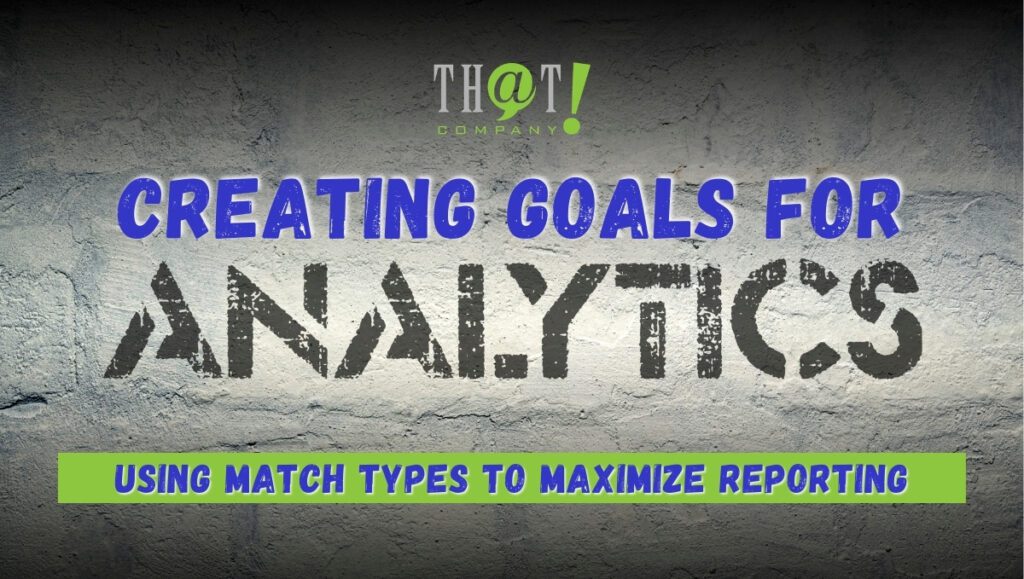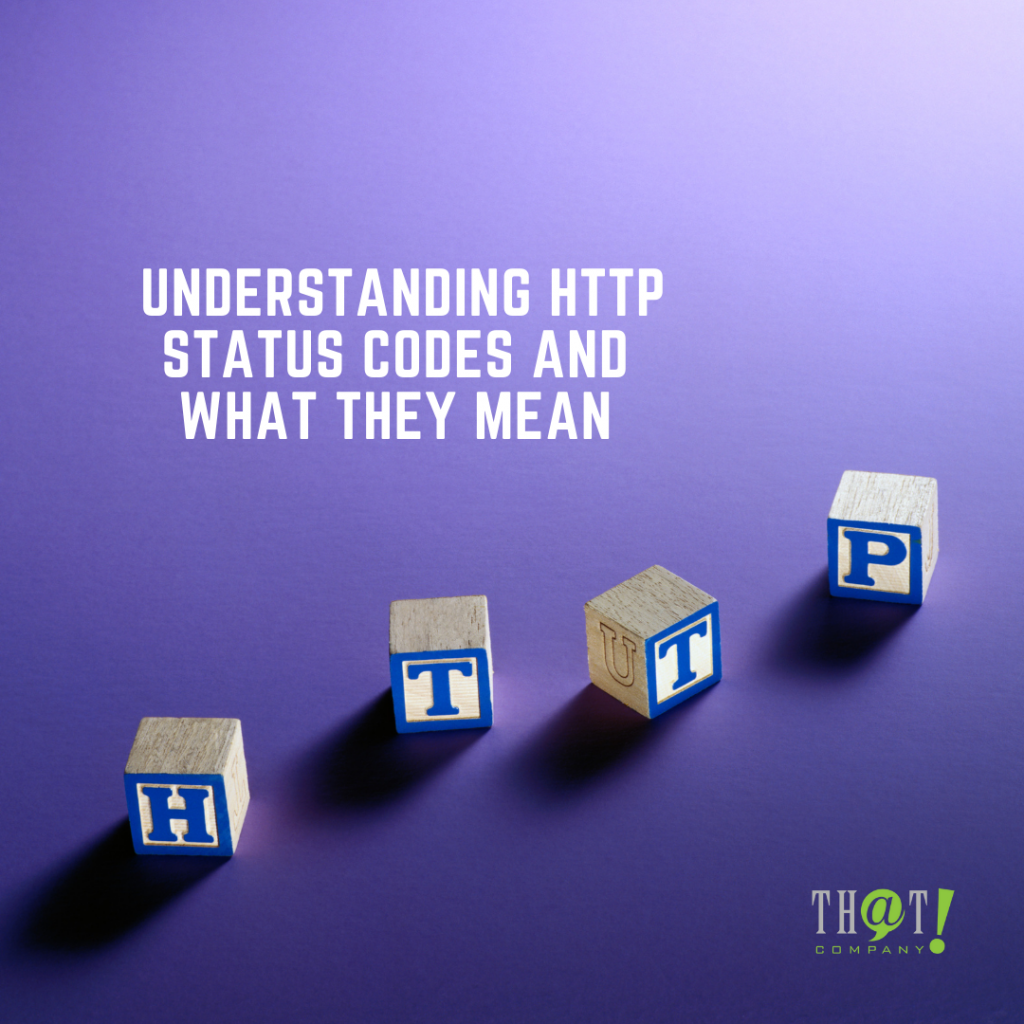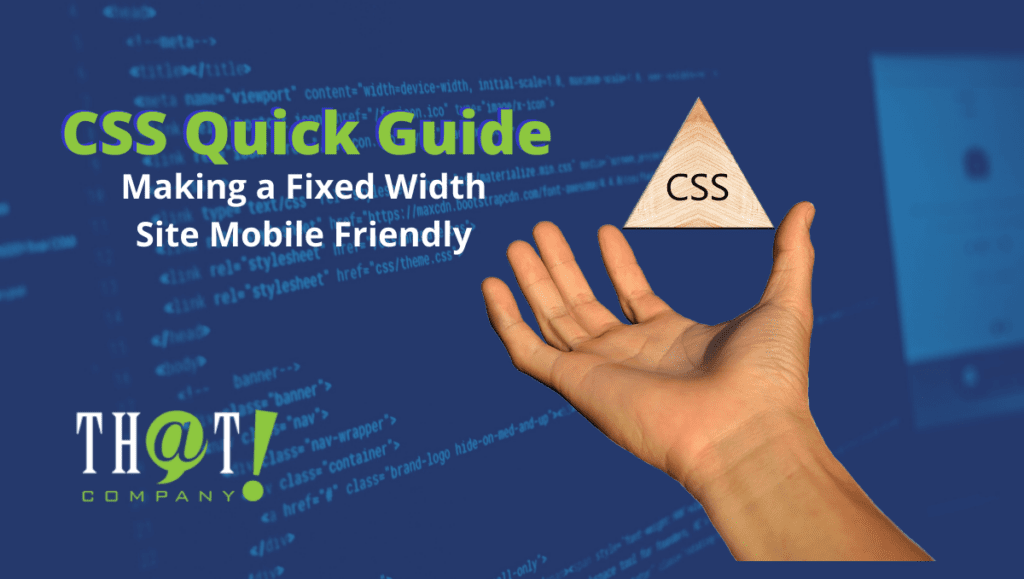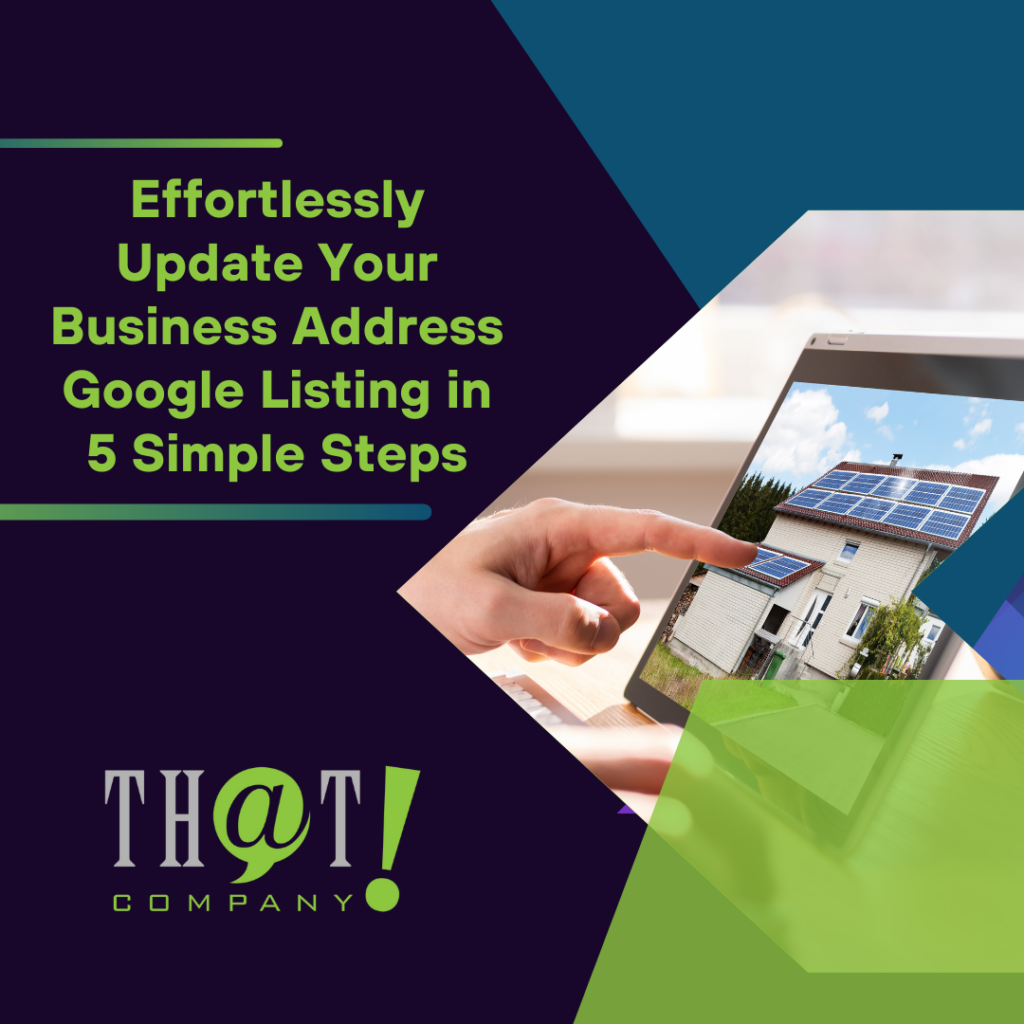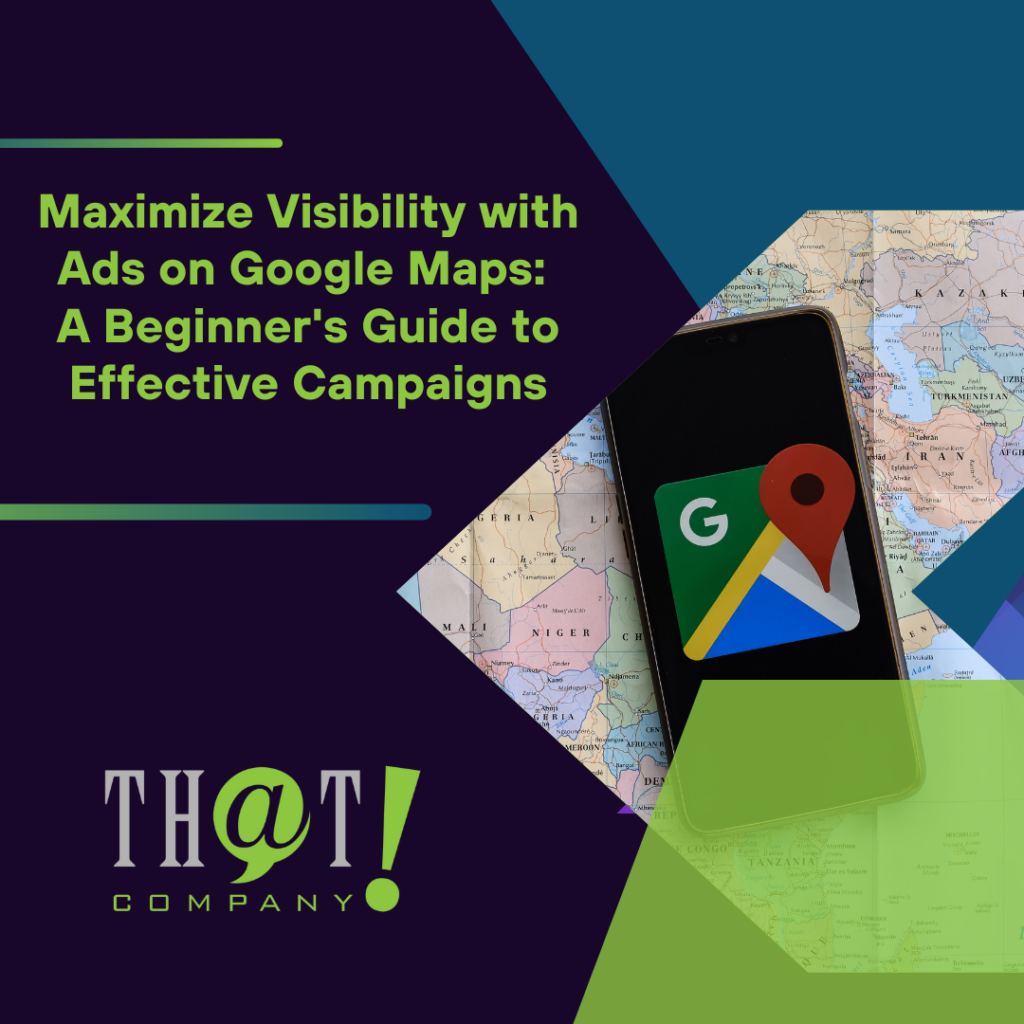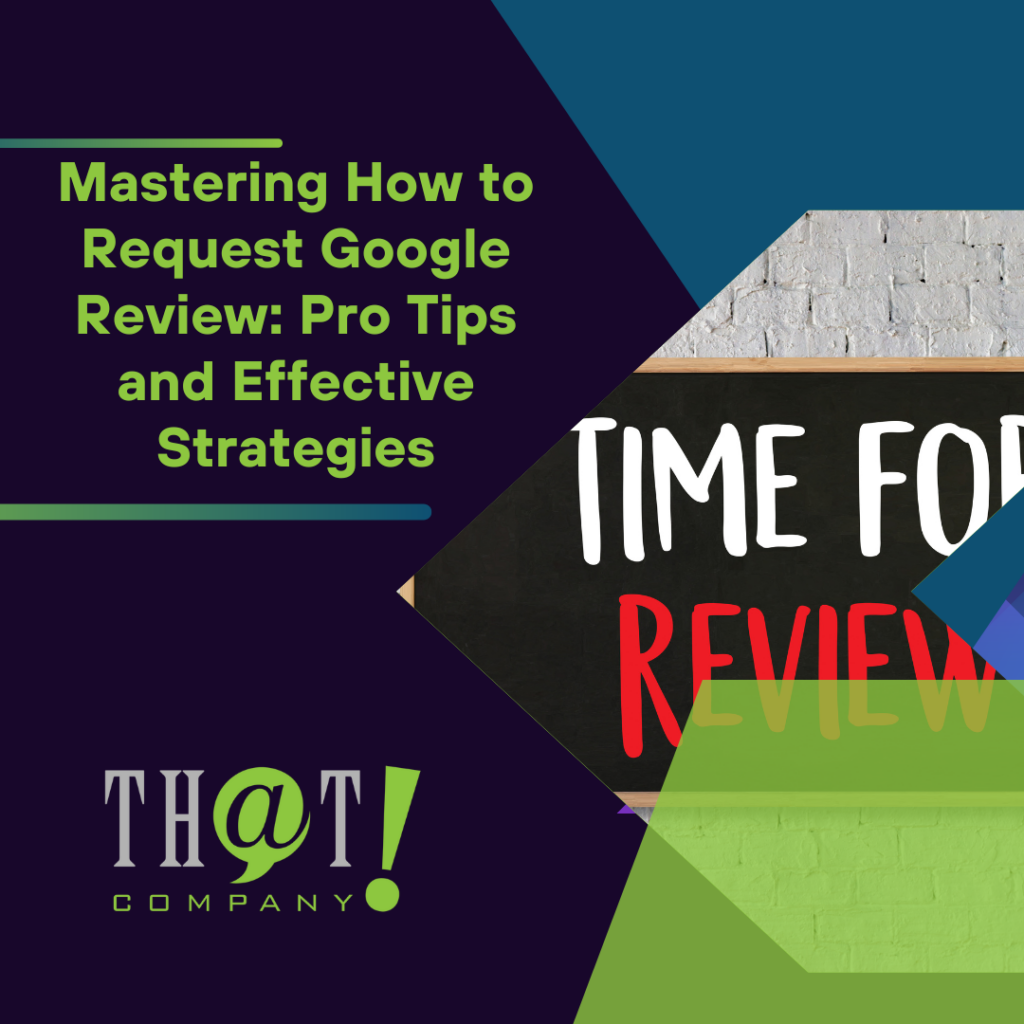
Looking to create ads that deliver results? In this guide, we’ll show you how to make good ads by identifying your audience, crafting compelling headlines, and choosing the right formats. Get ready to improve your advertising game.
Key Takeaways
- Identify and understand your target audience to maximize ad spend and ensure impactful connections.
- Conduct thorough market research and leverage data to craft ads that resonate with consumer needs and competitive landscape.
- Optimize ad performance through effective testing, creative asset development, and strong calls to action.

Identify Your Target Audience
Identifying your target audience is the first step before creating ads. This group consists of specific consumers most likely to be interested in your product, shaped by factors like age, gender, and interests. Understanding your target audience can significantly reduce wasted advertising spend, which amounts to around $37 billion annually. Focusing on the right audience ensures efficient use of ad dollars, effectively reaching potential customers likely to convert.
Surveys and focus groups can offer specific insights into your target audience. Tools like Google Analytics can also be invaluable, offering detailed information about audience behavior and preferences. Updating and refining audience personas based on new data ensures effective advertising strategies. Knowing who isn’t part of your intended audience prevents misallocation of marketing resources.
That! Company employs precise audience segmentation, leveraging demographic, geographic, and behavioral data to deliver highly targeted pay-per-click ads that drive qualified traffic and conversions. By identifying and understanding your target market, you lay a solid foundation for all subsequent steps in your ad campaign.

Conduct Market Research
Effective advertisements begin with thorough market research. Understanding consumer behavior and economic trends is vital for validating and enhancing your business concept. By gathering information about economic indicators, such as income range, you can inform pricing strategies and ensure your offerings are competitively positioned.
Methods like surveys, questionnaires, and focus groups gather valuable data for market research. Competitive analysis pinpoints your market advantage by evaluating competitors’ strengths and weaknesses. This analysis can reveal market saturation levels, indicating how many similar products already exist in the market, and guiding your strategy to stand out.
Understanding your target market and competitive landscape leads to more informed and effective advertising strategies. This step ensures that your ads are not only eye-catching but also resonate with your audience’s needs and preferences.

Choose the Right Ad Format
Ad formats define how advertisements are structured and presented across various channels. Choosing the right ad format enhances user experience and boosts engagement. The choice of ad format depends on your target audience and the platforms you’re using. For instance, video ads are particularly effective for storytelling, allowing brands to convey complex messages engagingly. Native ads, on the other hand, integrate smoothly with surrounding content, making them less likely to be overlooked by users.
A combination of ad formats can be beneficial for your campaign. Display ads can be highly targeted, appearing in various sizes to suit different advertising needs. Additionally, sticky ads remain visible while users scroll, increasing the likelihood of engagement. The key is to choose ad formats that are compatible with multiple devices to ensure a consistent visual experience across all platforms.
That! Company designs data-driven pay-per-click campaigns tailored to each client’s industry, goals, and budget, maximizing ad performance across Google Ads, Bing Ads, and social media platforms. By carefully selecting the right ad stand formats, you can create online ads that stand out and effectively reach your audience.

Craft a Compelling Headline
A compelling headline is essential for producing measurable responses in an advertisement. As David Ogilvy famously noted, five times as many people read the headline as the body copy, underscoring its importance. An effective headline can grab attention, spark curiosity, and drive engagement. Using surprising facts, questions, or benefit-driven statements in headlines can capture your audience’s interest effectively.
Avoiding jargon and buzzwords keeps headlines straightforward and appealing. Simple and accessible language makes headlines inviting and easier to understand. Including numbers or statistics in headlines serves as trust signals that attract more clicks. Additionally, making clear promises or guarantees in your headlines can enhance consumer confidence and drive engagement.
That! Company continuously tests and optimizes pay-per-click campaigns to improve click-through rates and increase lead generation, focusing on compelling ad copy and high-performing landing pages. Crafting a compelling headline is a vital step in creating good advertising that stands out in a competitive market.

Develop Creative Assets
Developing creative assets is crucial for building brand awareness and making your ads visually appealing. Bold colors, high-quality photography, minimal copy, white space, clear logos, and varied fonts are effective design elements. Ads should follow simple design guidelines and keep the design simple to enhance engagement. Using exciting graphics in advertisements can appeal to visual interest and draw more attention.
Polishing and refining the copy and fine-tuning visuals are essential to ensure the ad flows smoothly. Tools like Canva and Photoshop can be used to create engaging ads. Utilizing popular sources for stock assets like royalty-free, rights-managed, and copyright-free options can save time and resources. Consistent use of a simple logo helps build brand awareness, making it an effective marketing tool.
By gathering and using creative assets effectively, you can start creating ads that not only look great but also resonate with your audience, driving higher engagement and conversions.
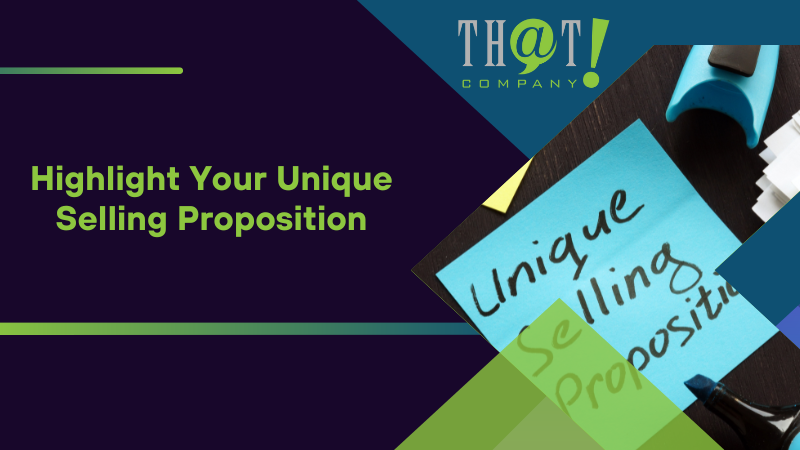
Highlight Your Unique Selling Proposition
A Unique Selling Proposition (USP) is vital for setting your product apart from competitors. Identifying what makes your business different or unique is essential for developing your USP. A USP should clearly articulate how a product solves a customer’s problem and differentiates itself from competitors.
Understanding customer motivations and emotions is critical for developing an effective USP. Highlighting the USP in your headlines can differentiate your ad from competitors. Communicating benefits clearly helps customers understand what they gain from your product or service. Researching competitors’ USPs helps identify opportunities to position your own product more effectively.
A well-crafted USP increases the likelihood of customer retention and engagement, making your advertising efforts more effective. Remember, a USP can be refined over time based on customer feedback and market changes.

Implement a Strong Call to Action
An effective call to action (CTA) provides clear instructions that encourage customers to take immediate action. A CTA should encourage potential customers to take actions such as clicking the ad, ordering, or visiting the website. Using urgent terms like ‘now’ or ‘today’ in a CTA helps create a sense of urgency, prompting quicker customer responses.
Different types of CTAs like buttons, links, and pop-ups can be employed to guide users towards desired actions. Regular A/B testing of CTAs allows marketers to understand which words, colors, or placements yield the highest engagement and conversion rates. Optimizing the surrounding text and context of a CTA can make it more appealing and easier for users to act on it.
A strong CTA is a crucial component of effective advertising, helping to convert interested viewers into paying customers.

Leverage Social Proof
Social proof is a powerful tool in advertising. Customer reviews significantly influence 92% of consumers’ purchasing decisions, making them a vital aspect of social proof. Products with at least five reviews are 270% more likely to be purchased compared to those without any reviews.
Testimonials can boost conversion rates by up to 34%, highlighting social proof’s importance in advertising. Sales pages that include testimonials can see up to a 34% increase in sales, illustrating the persuasive power of social proof.
Leveraging social proof in your ads can build trust and credibility, encouraging more potential customers to take action through word of mouth advertising.

Optimize for Different Platforms
Ad creatives should be tailored to meet the unique specifications and best practices of each platform. Visuals should be optimized for mobile viewing by ensuring tight framing and avoiding interference with platform interface elements. Using bold, on-screen text is essential for sound-off viewing across various platforms.
Short videos, ideally under 15 seconds, enhance viewer engagement on platforms like Facebook and Twitter. User-generated content styles resonate well on platforms like TikTok and Snapchat, enhancing authenticity.
By optimizing your ads for different ad platforms, you can ensure they perform well and reach the right audience effectively.

Test and Refine Your Ads
Testing and refining your ads is crucial for maintaining engagement and improving performance. A/B testing evaluates different ad elements to determine audience resonance. Regularly updating creative assets can help mitigate ad fatigue, maintaining audience engagement.
Managing creative assets effectively requires regular testing, analysis, and optimization. That! Company continuously tests and optimizes pay-per-click campaigns to improve click-through rates and increase lead generation.
Testing and refining ads ensures they perform well and drive desired results.

Need Help? Consider That! Company the White Label Agency Leading Agencies Use
White label PPC and other digital marketing services allows agencies to offer services under their brand while outsourcing the execution to specialized teams. Utilizing a white label agency can significantly reduce overhead costs, allowing agencies to focus on client relationships.
That! Company provides scalable and fully managed pay-per-click services, allowing agencies to expand their PPC offerings without hiring in-house specialists. Effective communication channels, such as Slack, can streamline collaboration between agencies and their white label partners.
By partnering with a white label agency like That! Company, agencies can enhance their service offerings and deliver better results for their clients.

Measure Ad Performance
Tracking metrics like click-through rates and conversions evaluates ad campaign success. Important metrics to focus on include impressions, clicks, conversions, and customer acquisition costs. Analytics tools allow real-time monitoring of ad performance, offering insights for timely adjustments.
Integrating data across multiple platforms enhances the effectiveness of tracking and allows for customizable dashboards. Evaluating campaign success involves assessing which ads contribute most to revenue and aligning metrics with specific business goals.
By measuring ad performance, you can refine your strategies and ensure your advertising method efforts are delivering the desired results.

Budget Wisely
Budgeting wisely for advertising is crucial for maximizing ROI. Small to medium-sized businesses typically allocate around 10-15% of their total revenue for marketing efforts. A startup experiencing high growth should allocate between 15-30% of projected revenue towards marketing initiatives.
Content marketing is often the largest portion of a marketing budget, typically accounting for 30-40% of total marketing expenses. Paid advertising can comprise 20-30% of the marketing budget, providing immediate visibility and audience access. Investing in analytics generally takes up about 2-6% of the marketing budget, crucial for informed decision-making.
That! Company utilizes advanced automation and AI-driven bid strategies to optimize ad spend, ensuring the highest possible return on investment while minimizing wasted clicks. By budgeting wisely, you can ensure your advertising efforts are both cost-effective and impactful.
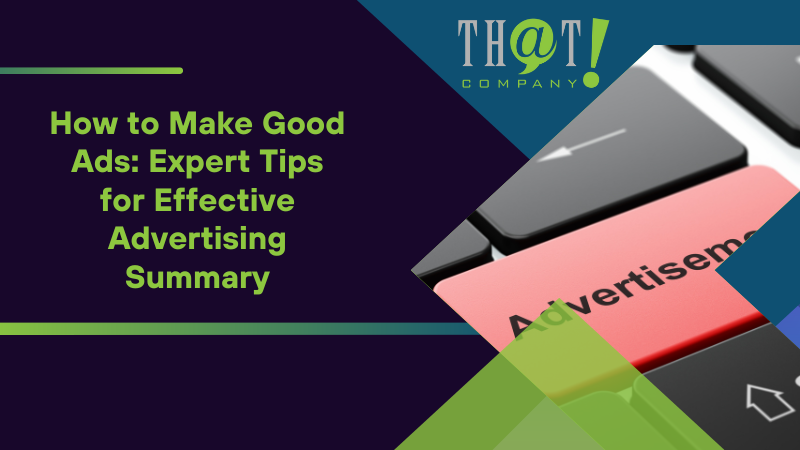
Summary
Creating effective advertisements involves a series of well-planned steps, from identifying your target audience to measuring ad performance. Each step is crucial in ensuring your ads not only capture attention but also drive conversions. By understanding your audience, conducting thorough market research, choosing the right ad formats, crafting compelling headlines, and leveraging social proof, you can create ads that stand out in a crowded market. Utilizing white label PPC for agencies allows businesses to streamline ad management, optimize campaigns, and achieve better results without the need for in-house expertise.
Remember, advertising is an iterative process. Continuously test, refine, and optimize your ads to keep them fresh and engaging. With the right strategies and a bit of creativity, you can create advertisements that deliver exceptional results and drive business growth.

Frequently Asked Questions
Why is it important to identify your target audience before creating an ad?
It’s crucial to identify your target audience because it ensures that your advertising efforts effectively reach those most likely to engage and convert. By doing so, you maximize your budget and increase your chances of success!
What are some effective methods for conducting market research?
Surveys and focus groups are excellent ways to gain insights into customer preferences and behaviors. By utilizing these methods, you can make informed decisions that drive your business forward.
How can I ensure my ad performs well across different platforms?
To ensure your ad performs well across different platforms, tailor your creatives to each platform’s unique specifications and incorporate bold, on-screen text for viewers without sound. By doing this, you’ll capture attention and effectively communicate your message!
What is the role of a call to action in an advertisement?
A call to action is crucial because it gives your audience precise guidance, inspiring them to take immediate steps like clicking the ad or exploring your website. Make your message clear and empower them to act now!
How can partnering with a white label agency like That! Company benefit my business?
Partnering with a white label ad agency like That! Company can significantly reduce your overhead costs and enhance your service offerings, allowing you to focus on nurturing client relationships while benefiting from specialized expertise. This collaboration can elevate your business and set you up for greater success!









